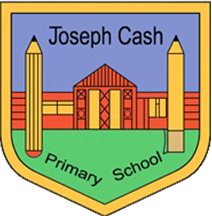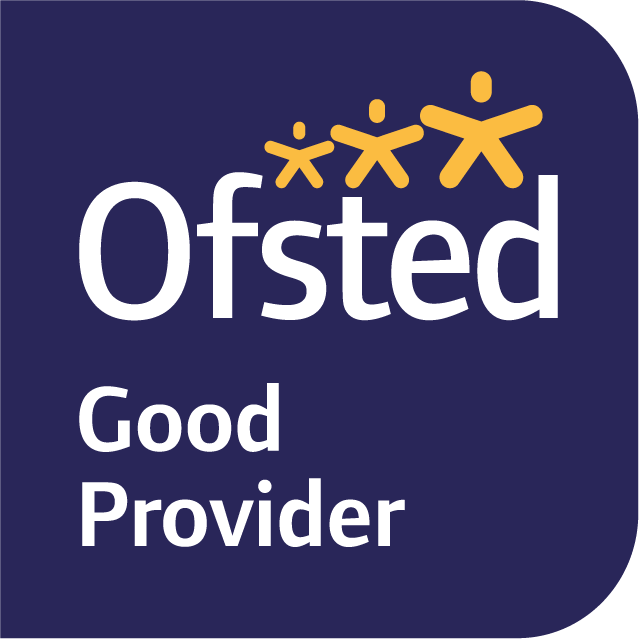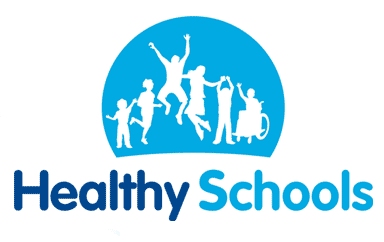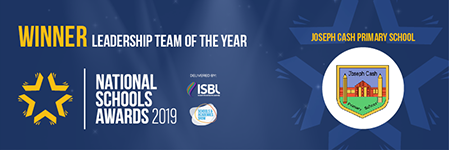Behaviour and Thrive
Behaviour and Thrive Team
-
Helen NelsonHeadteacher
Helen Nelson
-
Sara ScottDeputy Headteacher
Sara Scott
-
Rachel BurnsideLead Practitioner - Thrive Lead
Rachel Burnside
-
Emma DaviesClass Teacher - Thrive trained
Emma Davies
-
Rachel SalterLearning Mentor - Thrive trained
Rachel Salter
-
Kim HartLearning Mentor - Behaviour support
Kim Hart
-
Kerri HarrisPastoral Lead
Kerri Harris
All staff in the Thrive team have successfully completed the ten day Thrive training course and in addition Rachel Burnside is completing the Train the Trainer course currently.
Behaviour and The Thrive Approach
Our Core Values for pupils are
- Resilience
- Try New Things
- Make Brave Choices
- Understand Others
- Never Give Up
These core values underpin everything we do with our school community and how we work together as partners.
In consultation with the children, we have developed a set of ‘Core Values.’ Each value has a character to support children’s understanding and knowledge of them. (See here for the stories which explain how the characters got their superpowers.)
Our core values (JCV’S) provide the framework for our approach to managing behaviour and our behaviour policy reflects how we use our values to proactively teach our pupils about the kind of behaviours that we want them to develop. To support this, we have a range of rewards which recognise when children make good choices and show the values in action.
The Thrive Approach at Joseph Cash

At Joseph Cash School we have been using Thrive-Online to profile children in their class or work groups. The results help us to plan our social and emotional curriculum.
We also use Thrive-Online to assess and develop action plans for individual children. This ensures that the adults working with them understand their individual needs and are able to meet these most effectively.
What is Thrive?
Thrive is a therapeutic approach to help support children with their emotional and social development.
The Thrive approach offers practical strategies and techniques and is built around online assessments which identify children’s emotional development and provides action plans for their individual needs.
Research has shown that how we behave is linked to how we feel and our emotions are linked to how we learn. By teaching children to recognise and notice these feelings and emotions it can help with their development and learning.
Children at times may need some extra support with their emotional development and this can be temporary or over a longer period of time.
Thrive promotes their emotional and social growth by building positive relationships between a child and their peers and this helps them explore and understand their feelings through various activities.
Why might my child attend a Thrive session?
Many children experience difficulties during their time at school. These may include:
- Difficulties with friendships.
- Getting into trouble at playtime.
- Finding it hard to settle in the classroom.
- Finding it difficult to manage their strong feelings.
- Not knowing who to turn to when feelings are too big to manage on their own.
These situations can lead to many different feelings which may seem overwhelming at times. They might include: anger, frustration, sadness, loneliness, confusion or anxiety.
All these feelings are very normal and happen to a lot of children. The Thrive sessions are to help children learn to manage their feelings and teach them strategies that will help promote their learning at school.
What will happen in a Thrive session?
The session may be on an individual basis or as part of a small group of children.
- During each session there will be an activity which may include:
- Story telling
- Circle games
- Arts and crafts
- Sand play
- Movement and relaxation
- Hand and foot massage
- Cooking and preparing food
- Role play and puppet work
- Games
Our vision and aims
Our Vision is to:
Develop children emotionally so they are able to recognise and distinguish their emotions and learn ways of responding to their feelings appropriately.
We aim to:
- Provide alternative support for children who are experiencing emotional, social or behavioural difficulties.
- Provide a safe and calm environment for children to develop their skills.
- Enable children to take pride in their achievements and enhance self-esteem.
- Help children to manage their feelings and develop skills to enjoy and participate in school life.
- Use positive approaches to manage all behaviours.
More information
For more information about the Thrive approach see the website:
Behaviour Management
Good to be Green ….How does it work?
 The Good to be Green chart displays every child’s name below a pocket containing a green, amber and red card.
The Good to be Green chart displays every child’s name below a pocket containing a green, amber and red card.
Children are encouraged to ‘stay on green’ through the visual aid and through a variety of rewards – this avoids overlooking those children who consistently behave well.
In each class, our school core values are displayed next to the ‘Good to be Green’ chart.
 Children have the chance to start afresh on a ‘green’ card every session and are expected to maintain that status throughout the day.
Children have the chance to start afresh on a ‘green’ card every session and are expected to maintain that status throughout the day.
Sometimes children do not get it right, and we work closely with families to ensure that any poor choices are followed up so that children understand the consequences of their decisions. If a child chooses not to adhere to the agreed values they move onto a yellow card – correcting their behaviour means they can move back to green without further consequence – this acts as their time to make a better choice.
If a child ignores the warning opportunity, and continues to make poor choices through inappropriate behaviour, they are moved to a red. They will then need to attend ‘time in’ at a break time, which is a supervised session to reflect on their choice with a member of the senior leadership team.
Each child who attends ‘time in’ will be recorded onto CPOMS, this log will detail the incident, consequence and any follow up actions.
Behaviour Rewards and Consequences
Our JCV reward system
We have a range of rewards which recognise when children make good choices and show the values in action. All children are rewarded frequently, we have stickers for each core value reading ‘Ask me how I’ve shown RESILIENCE today’. ‘Marvellous Me; messages are sent home to share good news with parents, and certificates celebrate success in assemblies. Our ‘FAB Shop’ allows children to collect, save and spend their rewards on prizes of varying expense.
Going for Gold
Children whom demonstrate consistently good behaviour or have been an excellent role model by displaying our JCV’s, may be moved from Green to GOLD. Children identified as showing GOLD values throughout the week will be rewarded with an additional school reward of their choice and may be selected for ‘GOLDEN TEA with the Headteacher and their families on the Friday of their GOLDEN week.
The FAB Shop
 The FAB shop is a reward cart full of toys, stationery and prizes. Each item is given a FAB token cost and pupils can save their rewarded FAB tokens up and purchase their desired item at different intervals across the term.
The FAB shop is a reward cart full of toys, stationery and prizes. Each item is given a FAB token cost and pupils can save their rewarded FAB tokens up and purchase their desired item at different intervals across the term.
All children are rewarded frequently with stickers for demonstrating our JCV’s, trying hard, good manners and good learning.
Playtime Exclusion
Children have got to have the ability to make decisions and choices themselves about the best way to behave in a situation. Our JCV’S are a set of aspirational guidelines within which children must choose the right behaviour in any context (e.g. how do I show understanding of others as I am moving around the school building?). Any poor choices are followed up so that children understand the consequences of their decisions.
Playtime exclusion is a consequence of poor behaviour / choices. The purpose of this time is to support the child in reflecting upon their behaviour and to try to help them to develop strategies to manage their behaviour in a better way in the future. During playtime exclusion, the children complete a reflection form, this record is passed on to the class teacher and they will inform parents of the reasons why ‘time in’ was required. A formal record is made onto CPOMS for every child that attends ‘time in’. If a child has more than three playtime exclusions in a 1/2 term, their parents/carers will be contacted by the class teacher. Further to this (5+ occasions) children will be placed onto a ‘Headteacher Report card’ where the child’s behaviour will be monitored daily by the Headteacher alongside an individual behaviour plan. Parents will be informed on a daily basis as to their child’s progress towards behaviour targets.
Behaviour Chart
 This chart is displayed in all classrooms, children start on Green and then move either up into the stars or down onto Amber/ Red.
This chart is displayed in all classrooms, children start on Green and then move either up into the stars or down onto Amber/ Red.
Pupils who have been moved to Amber/ Red will always return to Green once they have completed their consequence and/or Reflection task.


















